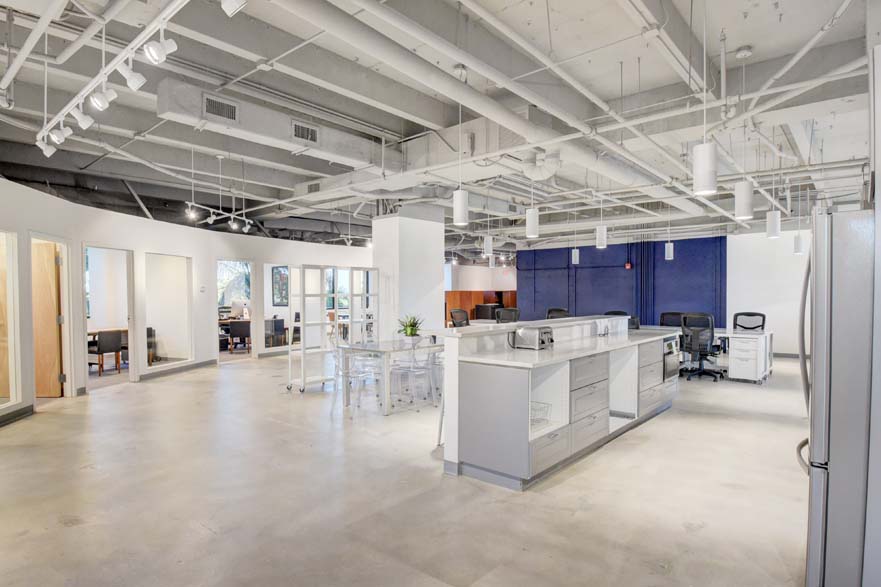
Image source: Google
When it comes to retail construction, the journey from concept to completion involves a series of intricate processes that require careful planning, coordination, and execution. From designing the layout of the store to sourcing materials and managing budgets, every step plays a crucial role in bringing the vision to life. Let's take a deep dive into the various stages involved in retail construction and understand the intricacies of each phase.
The first step in the retail construction process is conceptualization. This is where the vision for the store is born, taking into account factors such as target audience, brand identity, and desired aesthetic. Architects and designers work closely with clients to create a concept that aligns with the brand's values and goals. This stage involves brainstorming ideas, sketching out floor plans, and developing a cohesive design that reflects the brand's identity.
Once the concept is finalized, the next step is to move on to the design development phase. This is where the initial concept is transformed into detailed drawings and blueprints that will guide the construction process. Designers work on refining the layout, selecting materials, and specifying finishes to ensure that the final product meets the client's expectations. This stage also involves obtaining necessary permits and approvals from local authorities to proceed with the construction.
With the design in place, the next phase is procurement. This involves sourcing materials, fixtures, and fittings needed for the construction project. It is essential to work with reliable suppliers and vendors to ensure timely delivery of high-quality materials. Procurement also involves budget management, as costs can escalate if proper planning and monitoring are not in place. Keeping track of expenses and making adjustments as needed is crucial to avoid budget overruns.
Once the materials are sourced, the construction phase begins. This is where the design takes shape, and the vision starts to come to life. Skilled contractors and builders work together to erect the structure, install fixtures, and finish interiors according to the design plans. Project managers oversee the construction process, ensuring that timelines are met, and quality standards are upheld. Regular site visits and inspections help to address any issues that may arise during construction.
After the construction is completed, the next step is the installation of fixtures and branding elements. This includes setting up shelves, displays, signage, and other elements that are essential for the store's functionality and aesthetics. Attention to detail is key in this phase, as each fixture must be properly installed and aligned to create a cohesive and inviting retail environment.
Once all fixtures are in place, the final stage is the interior fit-out. This involves adding final touches such as lighting, flooring, paint, and decor to enhance the overall look and feel of the store. The goal is to create a welcoming and visually appealing space that reflects the brand's identity and resonates with customers. Attention to detail and a focus on quality are essential in this phase to ensure that the final product meets the client's expectations.
Throughout the entire retail construction process, communication and collaboration are key. Regular meetings between stakeholders, designers, contractors, and project managers help to ensure that everyone is on the same page and that the project stays on track. Clear communication helps to address any issues or concerns promptly, preventing delays and cost overruns.
In conclusion, retail construction is a complex process that involves multiple stages, from conceptualization to completion. Each phase plays a crucial role in bringing the vision to life and creating a space that resonates with customers. By understanding the intricacies of each stage and working closely with experienced professionals, retailers can successfully navigate the construction process and create a store that stands out in the competitive retail market.